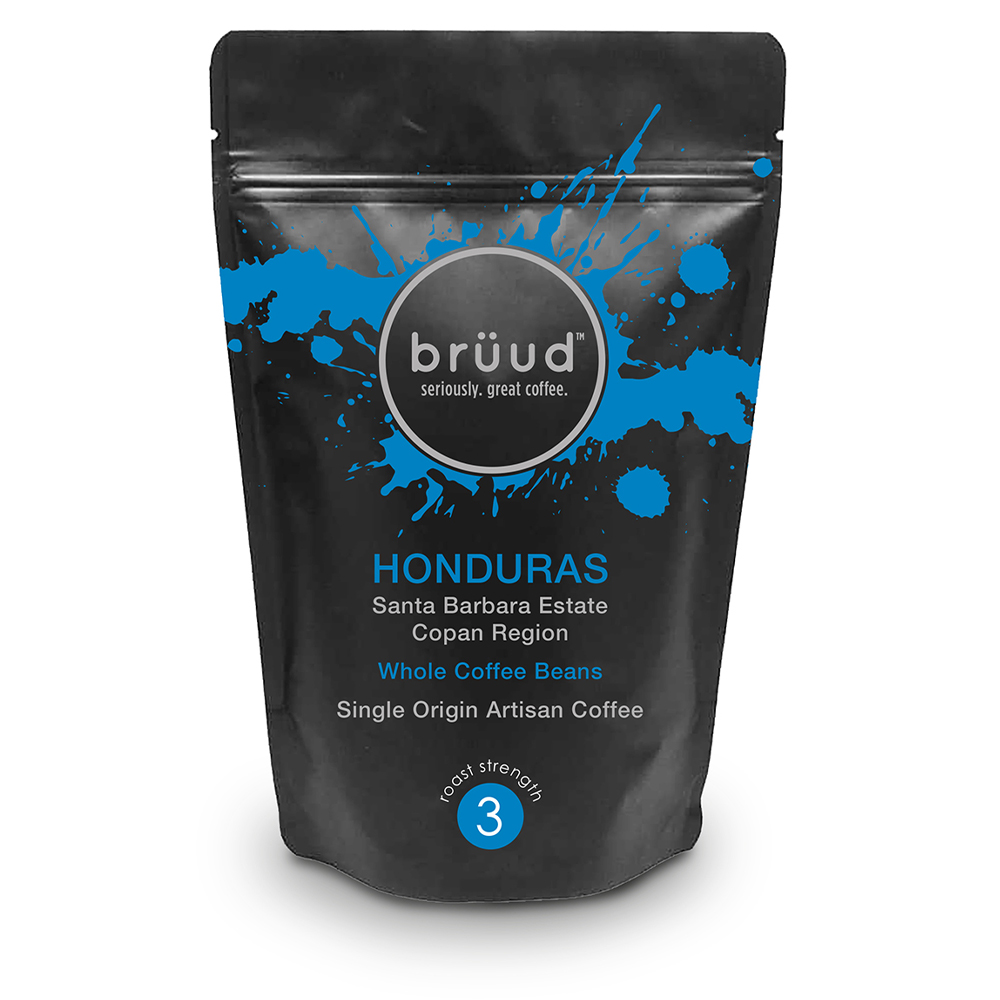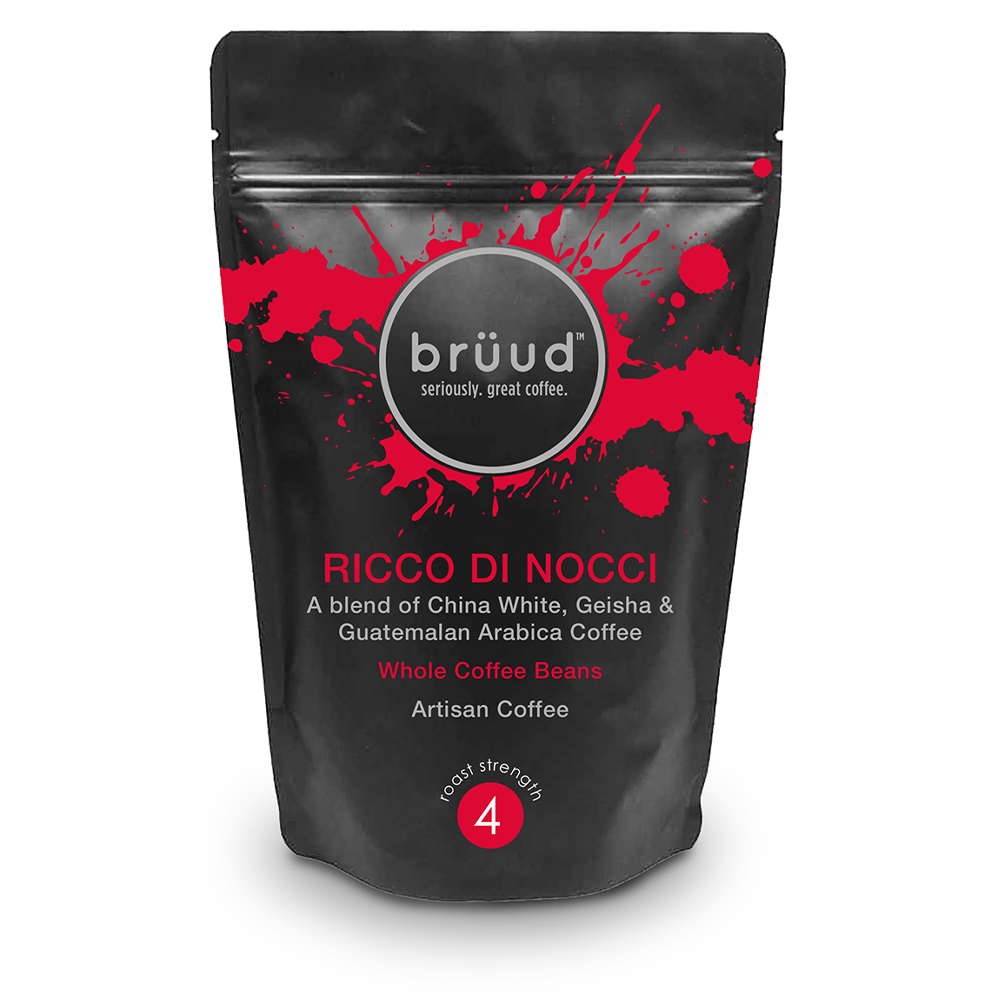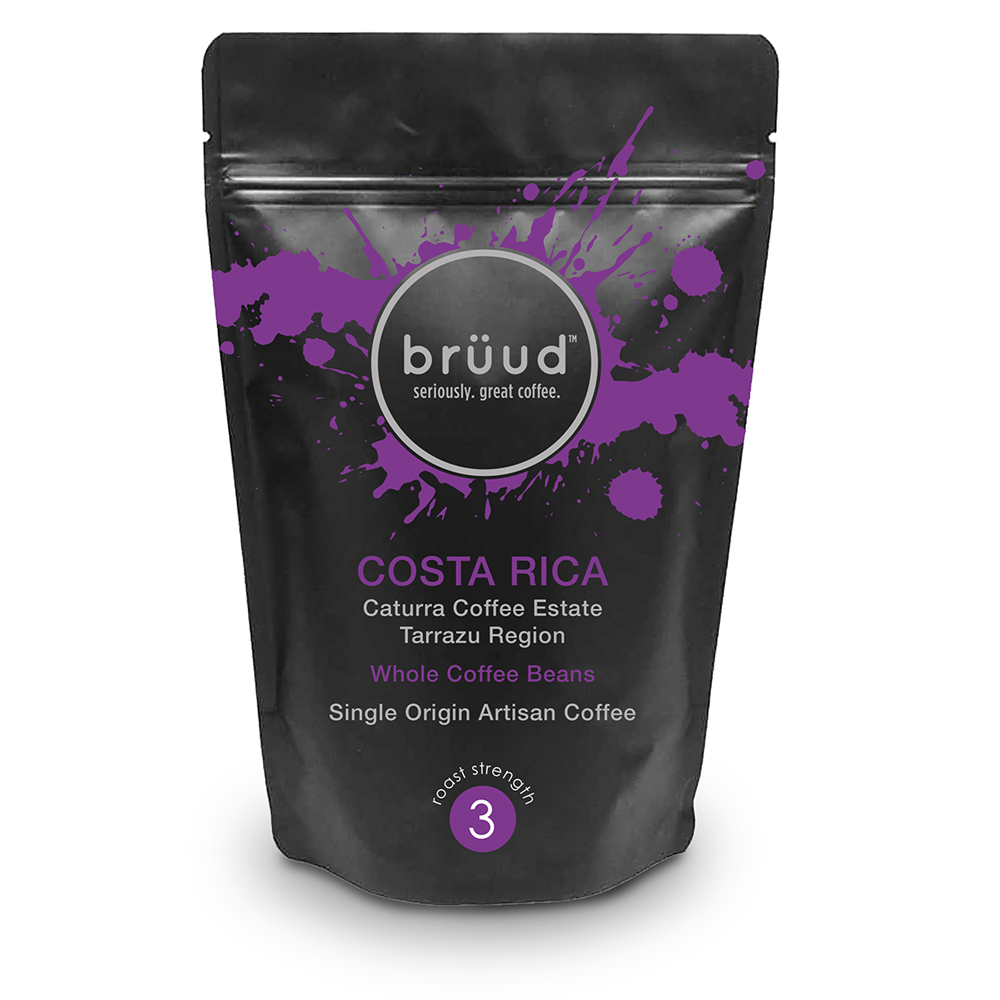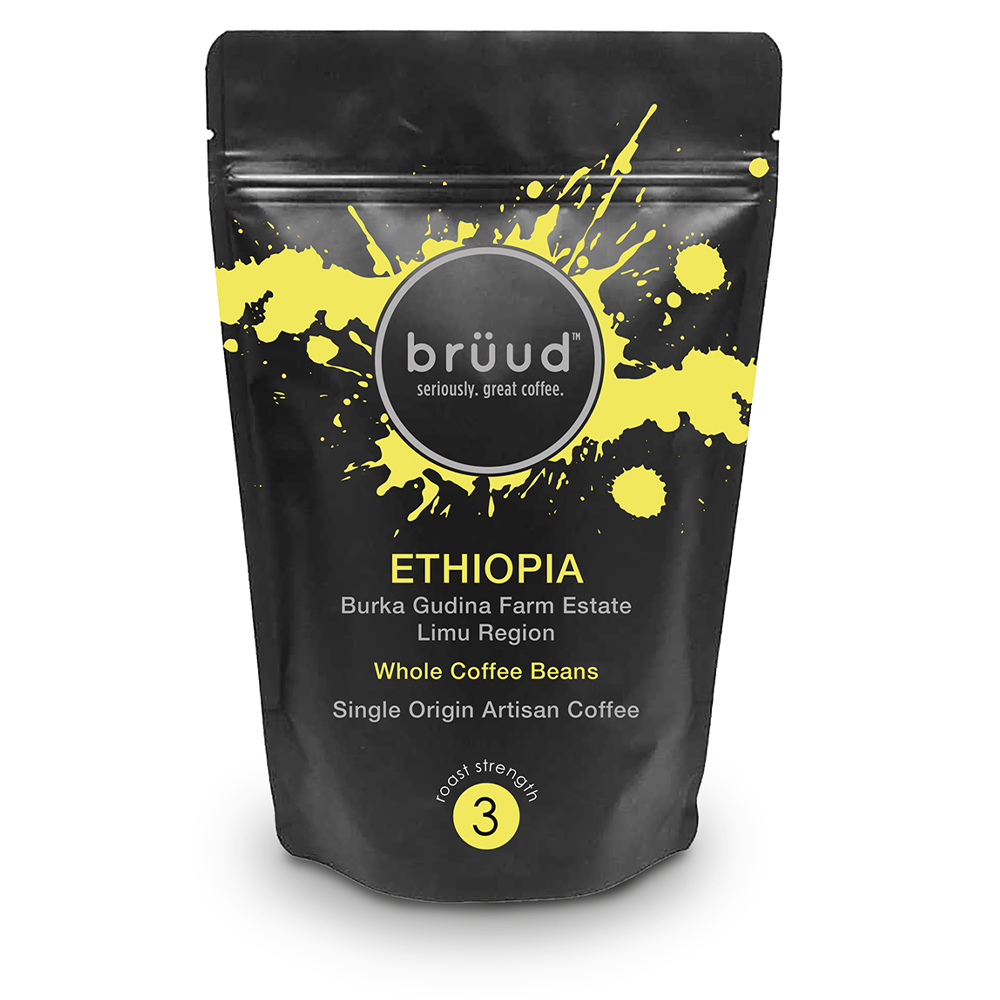Honduran – Santa Barbara Estate Coffee

The Coffee
Honduras is an ideal location for coffee harvesting. Honduras' soil, climate, and circumstances are comparable to neighbouring countries. As a result, Honduras produces a wide range of coffee quality, from low-cost blender coffee to high-grown speciality lots that compete with more popular Central American coffees.
The Santa Barbara Estate is the name of a coffee region in Honduras, taken from the name of a mountain range that runs through the nation. This Central American country is beautiful, having Caribbean Sea coastlines to the north and Pacific Ocean coastlines to the south, and it has a significant historical role in South America.
More coffees from Honduras are performing at cupping levels comparable to speciality lots from Costa Rica and Guatemala. This is definitely an origin to watch!
This variety comes from places with a long history of treating coffee with care. Farmers work hard to improve the bean's natural characteristics so that it can provide the highest level of satisfaction. The name La Flor means "the flower." The name reflects the coffee's lovely aroma, which enhances the flavour and gives it a distinct character.
Honduras produces gentle, strong, and sweet coffees due to its tropical climate.
Honduran coffee beans cultivated at altitudes ranging from 3,600 to 5,249 feet above sea level can be classed by both altitude and area.
Every year, between November and April, beans are gathered, and it is believed that two million Hondurans labour to collect beans from the country's 90 million or so coffee trees.
The Flavour
Honduran coffee offers sweet, clean, floral, citrus, dark chocolate flavours with a subtle caramel flavour running through it, with a delicate yet delicious aroma with strawberry and peach overtones.
A good-bodied medium coffee with medium acidity, Honduran coffee can be used as a single origin coffee bean or can be used in blending.
It has a deliciously creamy, lengthy, and nuanced aftertaste.

The History
While the origins of Honduran coffee are unknown, many people assume it was introduced to the country by Spanish traders in the late 1700s.
According to census data acquired at the beginning of the 1800s, coffee was farmed on a small scale by landowners throughout the century.
Despite various Honduran presidents' efforts to promote the coffee bean, bananas swiftly became one of Honduras' principal income crops due to the substantially shorter time between planting and harvest.
Then, small-scale farmers began cultivating coffee in the second half of the twentieth century.
Unfortunately, it encountered quite a few setbacks.
Hurricane Mitch, for example, destroyed 80% of Honduras' harvests in 1998, and traffickers, who could earn better rates for the beans in adjacent Guatemala, also impacted Honduras' coffee sector.
All that changed in the late 1990s.
The Honduran government imposed a fee on coffee exports and spent the proceeds constructing roads leading to coffee-growing regions.
Furthermore, the government provided cash incentives to coffee producers, which increased both the quality and amount of coffee produced.
From Commercial to Single Origin
Honduran coffee was first used mainly as a foundation for coffee mixes.
Despite its Central/South American neighbours shipping superior quality coffee, consumers saw Honduran coffee as a low-cost commodity due to a lack of quality control.
All of that changed in 2000 with the establishment of the Instituto Hondureo del Café (IHCAFE), which promotes Honduran coffee, gives technical training to farmers, assists in the construction of nurseries and greenhouses, and provides low-interest financing for new equipment.
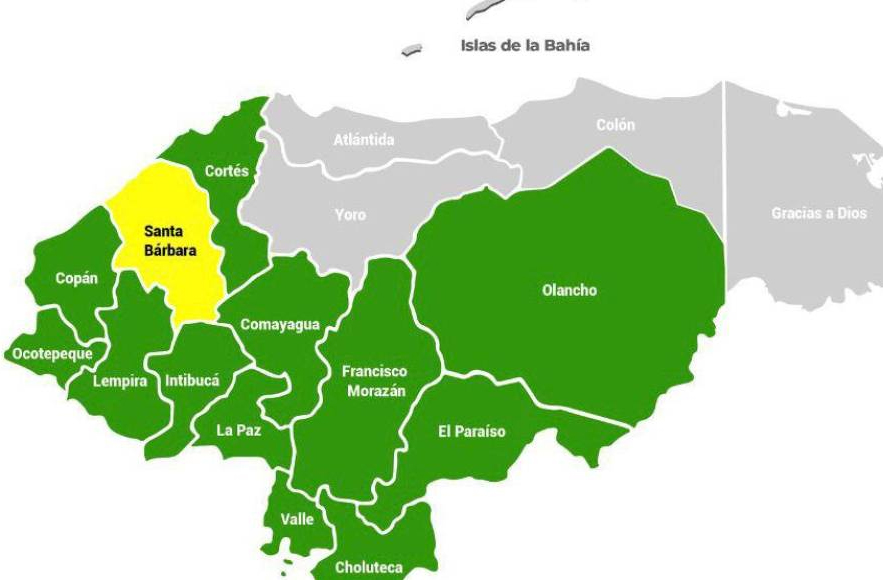
The Region
Honduras is emerging as a market leader in speciality coffee.
Experimenting with different processing methods has resulted in several Honduran growers offering numerous processing methods from the same source, which is an intriguing prospect for the savvy coffee roaster.
Furthermore, each of Honduras' six coffee-growing regions, Copán, Agalta, , Opalaca, Comayagua, Montecillos and El Paraso, has two or three primary arabica varieties.
Furthermore, each region's coffee has a distinct flavour profile due to its specific environment and elevation.
The Future of Honduran Coffee
The Honduran coffee trade's previous success is evident, and this success strongly reflects how effectively the Honduran coffee market has been progressing.
This small Caribbean nation already has a lot to offer coffee enthusiasts. And, with a clear emphasis on sustainable cultivation and high-quality speciality coffees, Honduras' coffee sector is well positioned to face whatever the future holds.



